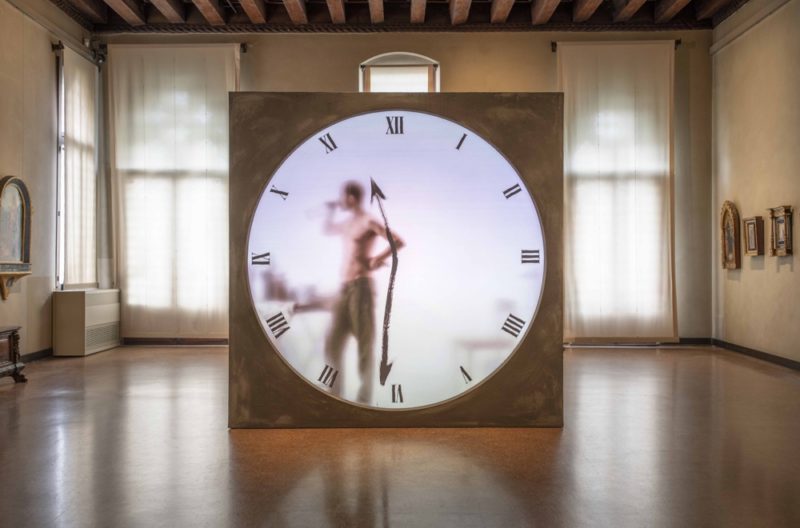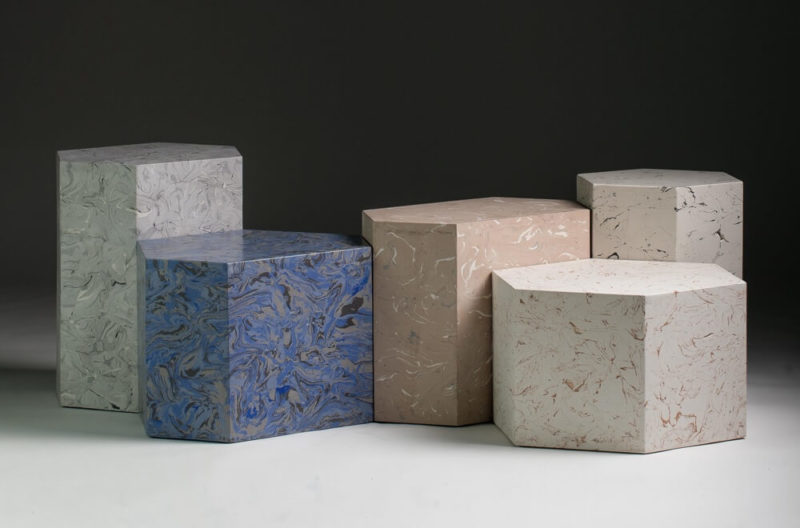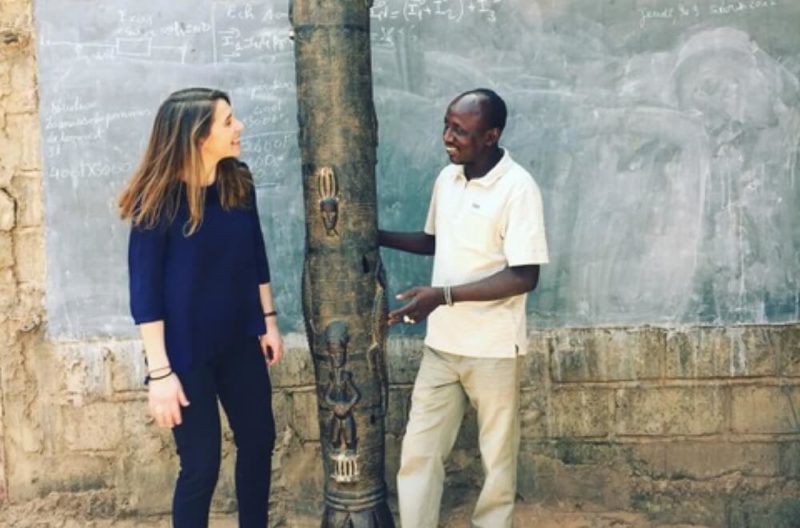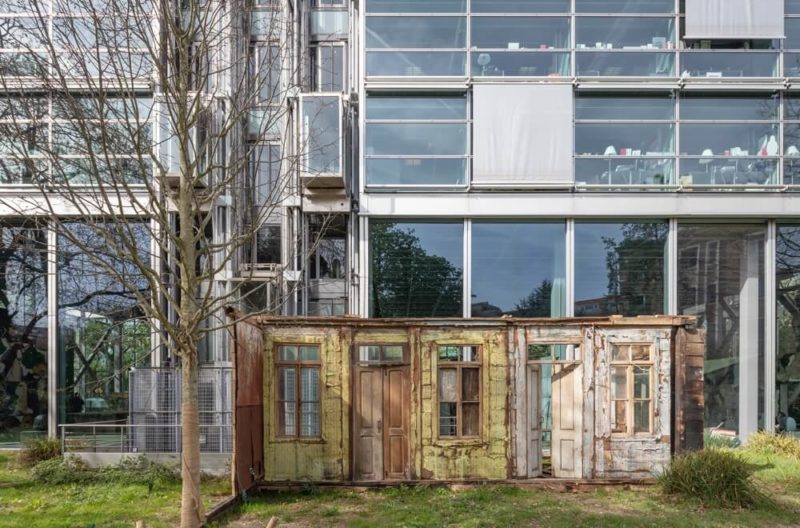Glasstress
Creative collaboration between contemporary artists and the glass masters of Murano.
Fondazione Berengo Art Space, Venice
9th May – 24th November, 2019
ADRIANO BERENGO was teaching Communication and English in a vocational secondary school run by priests on the island of San Giorgio Maggiore in Venice when, in the late 1980s, he had an epiphany. “One day, I went to Murano and saw all the showrooms selling drinking glasses and chandeliers but there was very little art,” he says, referring to Murano’s glassmaking heritage. “Peggy Guggenheim, who had commissioned pieces in glass by artists such as Egidio Costantini, Picasso, Chagall, Max Ernst and Henry Moore, said that glass was far too important a material to be left in the hands of shopkeepers or glass masters. I immediately thought that was the future and opened my own studio and furnace. It’s a mission to bring glass – which has been more associated with design – into the work of fine art.”
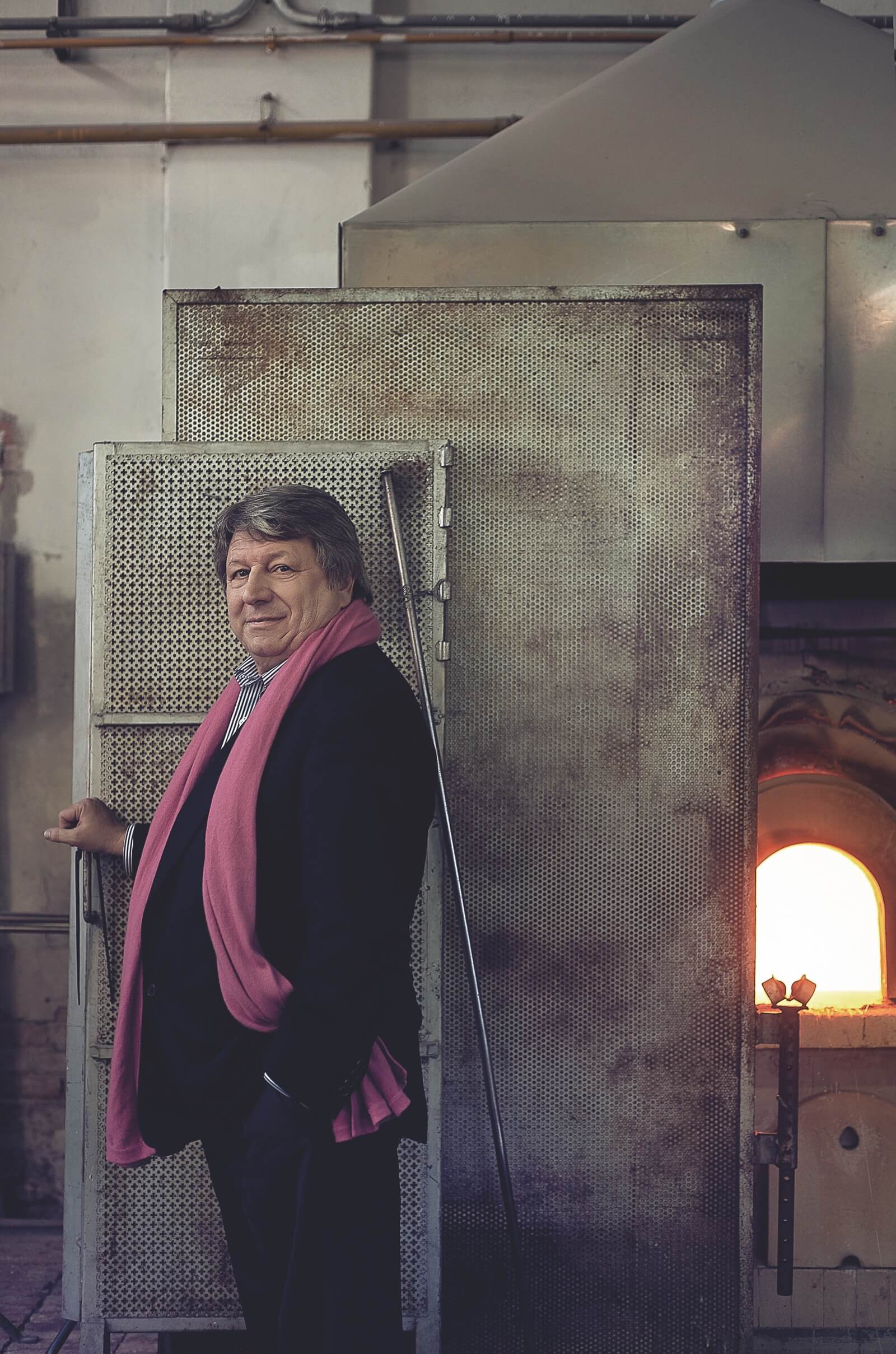
Adriano Berengo
COURTESY: © Hugo Thomassen
Berengo opened his studio on the island of Murano in the Venetian lagoon in 1989, with the aim of bringing together contemporary artists and glassblowers to produce artworks. Since then, more than 300 artists have worked there.
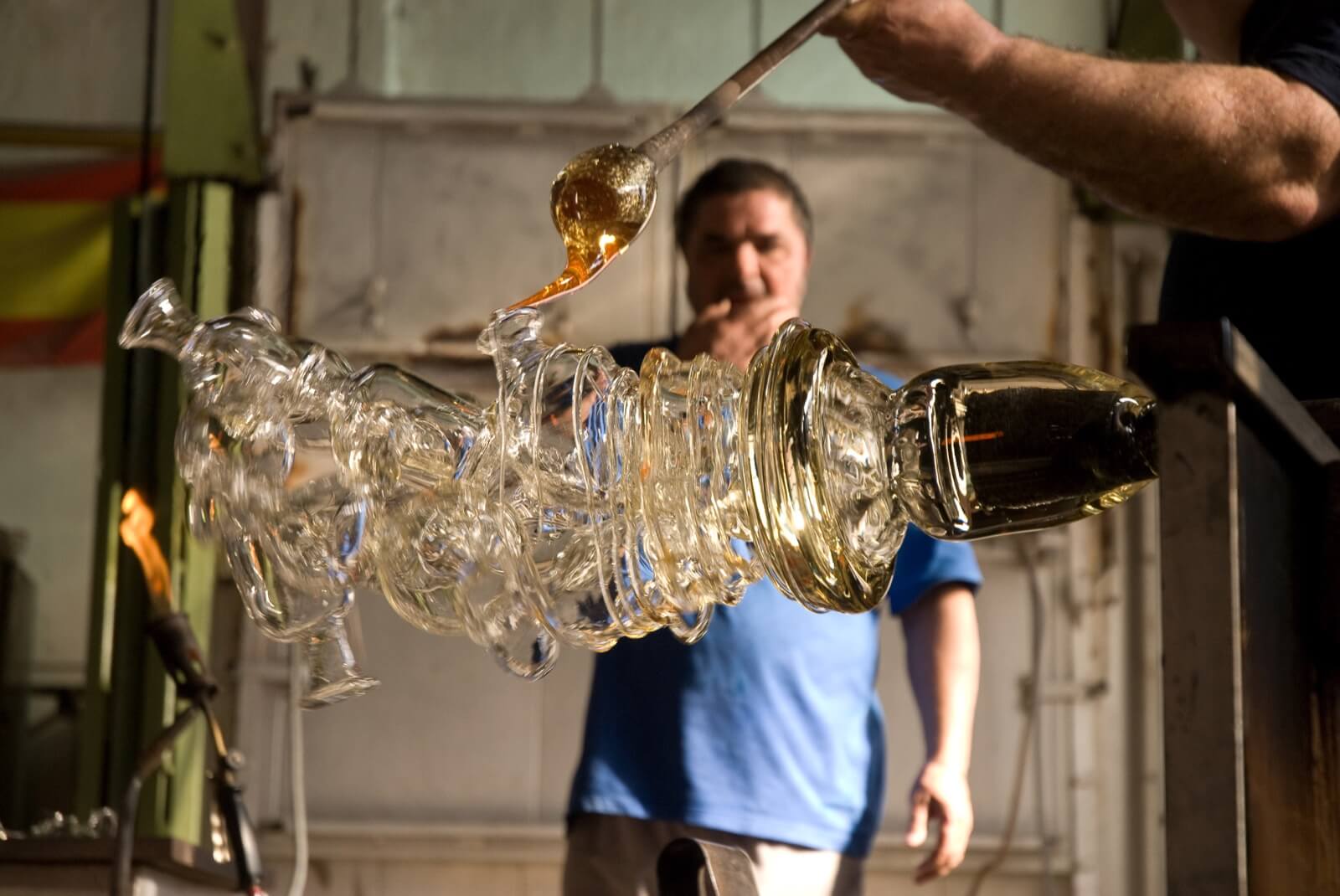
Artwork by Tony Cragg in process
COURTESY: Berengo Studio
To celebrate the studio’s thirtieth anniversary and the sixth edition of ‘Glasstress’, Berengo has organised a double exhibition in his foundation that coincides with the 58th international art exhibition of the Venice Biennale. The first part, curated by Belgian artist Koen Vanmechelen, assembles highlights from Berengo’s collection while the second part, curated by Brazilian artist Vik Muniz, presents pieces made this year.
The works, of varying quality – none of which are for sale – are revealing of the different techniques of blowing and casting glass. In the former, the glass master interprets the artist’s vision as he blows the glass, taking the piece in and out of the furnace as the form develops, achieving an organic, natural effect. The latter is more controlled and gives a more precise yet produced outcome.
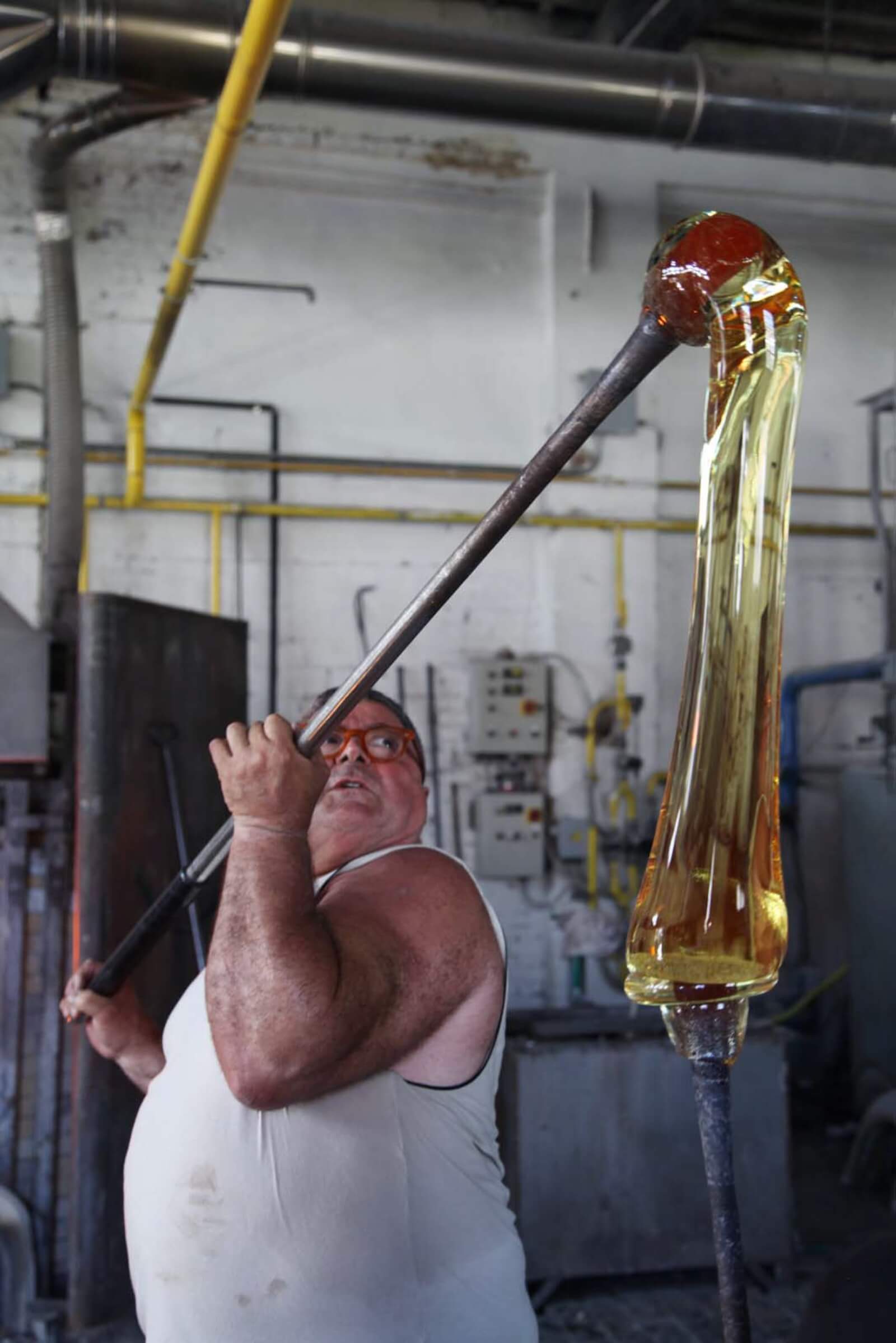
Glass master at work
COURTESY: © Oliver Haas
“Most artists don’t like to see the glass master’s language mixing with their own language because any interpretation is something that has nothing to do with their art,” Berengo says of the inherent difficulty in the artist-glassblower collaboration, adding, “many artists get nervous watching the glassblowers.” He continues, “Only when there is a perfect, symbiotic collaboration between the artist and the maestro can you achieve a very interesting result, where the maestro’s hand is an extension of that of the artist.”
Vanmechelen, a longstanding collaborator of Berengo, insists that the artist must be prepared to work in a team and steer the piece. “You have to become two souls in one [with the glassblower] and break the tradition of the craft by turning the piece in the direction you want with your own vision,” Vanmechelen says. “Otherwise you have a well-designed piece but not a piece of art, and I’ve seen many artists fail.”
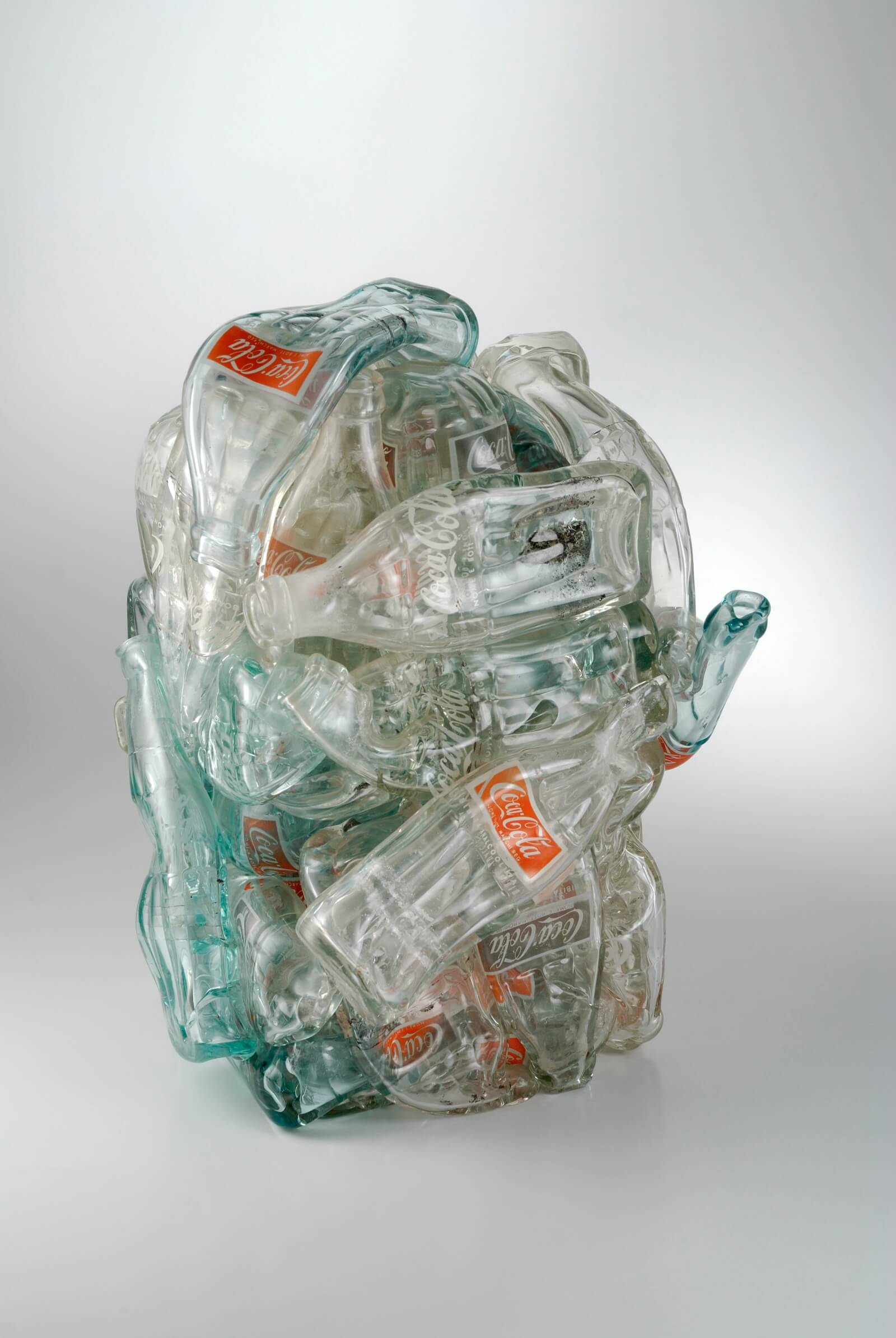
César, ‘Compression’, 1992
COURTESY: © Francesco Allegretto
THE ANNIVERSARY EXHIBITION opens with César’s ‘Compression’ (1992) of fused Coca-Cola bottles that typifies the late French artist’s way of compressing consumer goods into abstract sculptures. A similar piece, made with fused Perrier bottles, was gifted to the former French president François Mitterrand.
Javier Pérez’s ‘Carroña’ (2011) is captivating – a taxidermy murder of crows feasting on a shattered, red-blood Venetian chandelier as if it’s a corpse, an allegory of ravaging decadence. Mat Collishaw’s ‘A Different Self’ (2014) also mesmerises. It comprises a video based on Georges de la Tour’s painting ‘The Penitent Magdalene’ (1640), portraying Magdalene gazing past a candle, a memento mori on her lap, that appears on a hand blown Venetian black mirror frame. Both pieces embrace glass as an element in the work, propelling the material into the artistic realm.
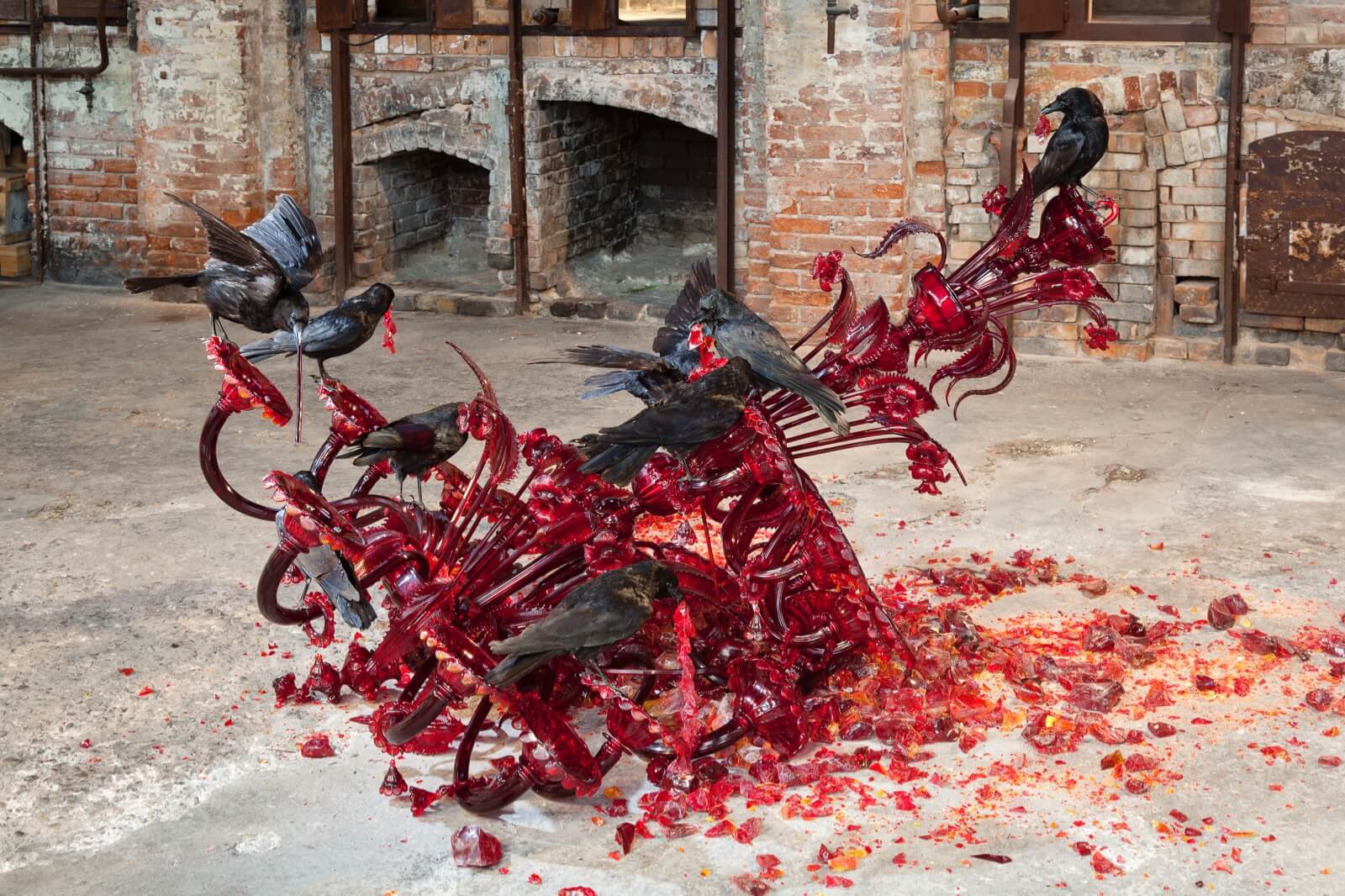
Javier Pérez, ‘Carroña’, 2011
COURTESY: © Francesco Allegretto
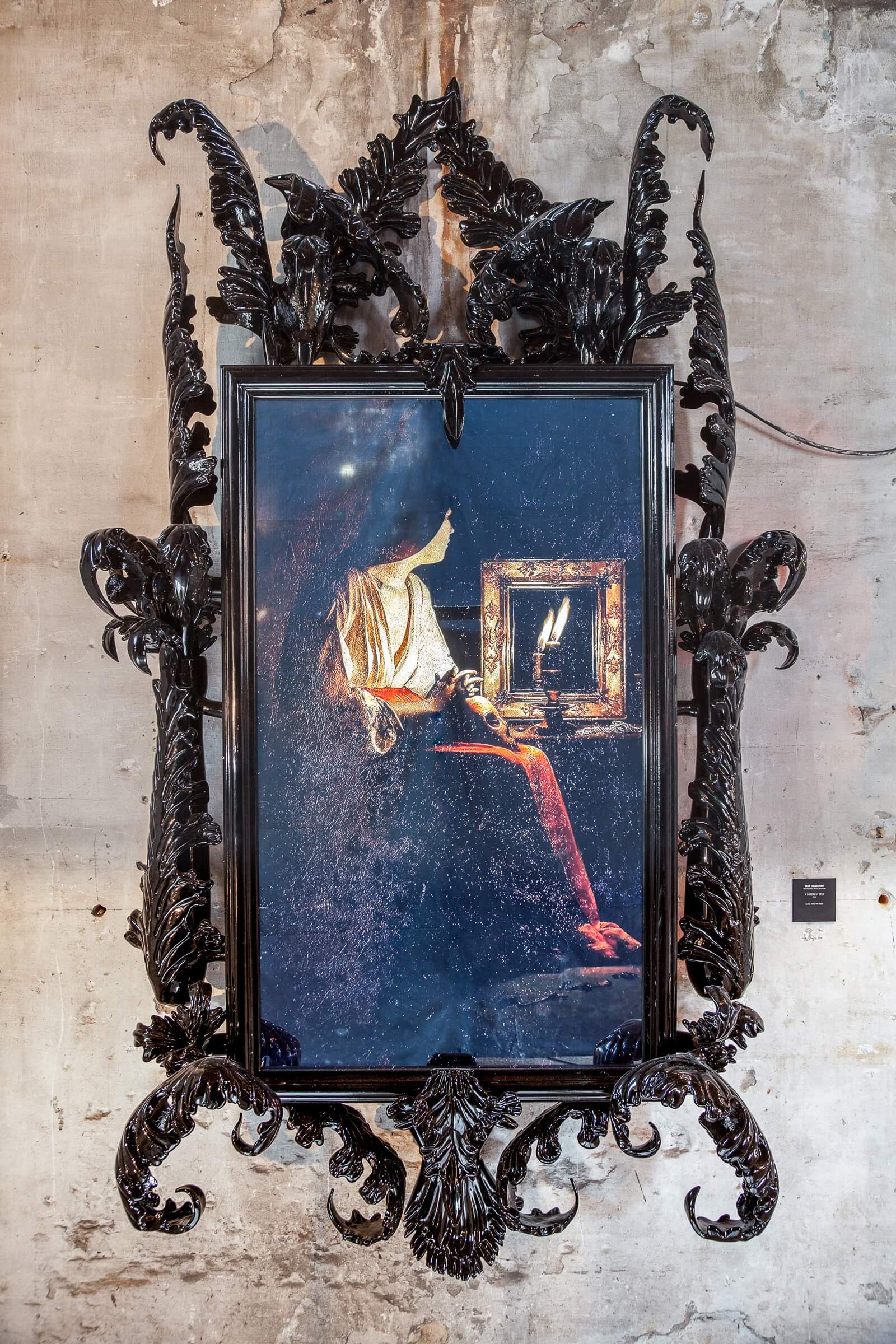
Mat Collishaw, ‘A Different Self’, 2014
The most complex piece, believes Berengo, is Abdulnasser Gharem’s ‘The Stamp (Moujaz)’, 2017 – a huge, blown glass stamp with carved, Arabic decoration. “It’s a challenge in size and technique because it was so difficult to make the etching on the stamp,” Berengo explains. By contrast, an exquisite example of cast glass is Karen LaMonte’s ‘Reclining Nocturne’ (2018), a reclining, headless sculpture recalling Greek-Roman antiquity in a dress of rippling, cascading fabric. “This sculpture pushes the limits of what is possible in cast glass,” says LaMonte, known for making sculptures using the lost-wax technique. Hans Op de Beeck’s ‘The Frozen Vanitas’ (2015) – a table brimming with objects (a skull, a book, a high-heeled shoe, grapes, glasses) evoking a still-life tableau, also exemplifies the merits of cast glass.
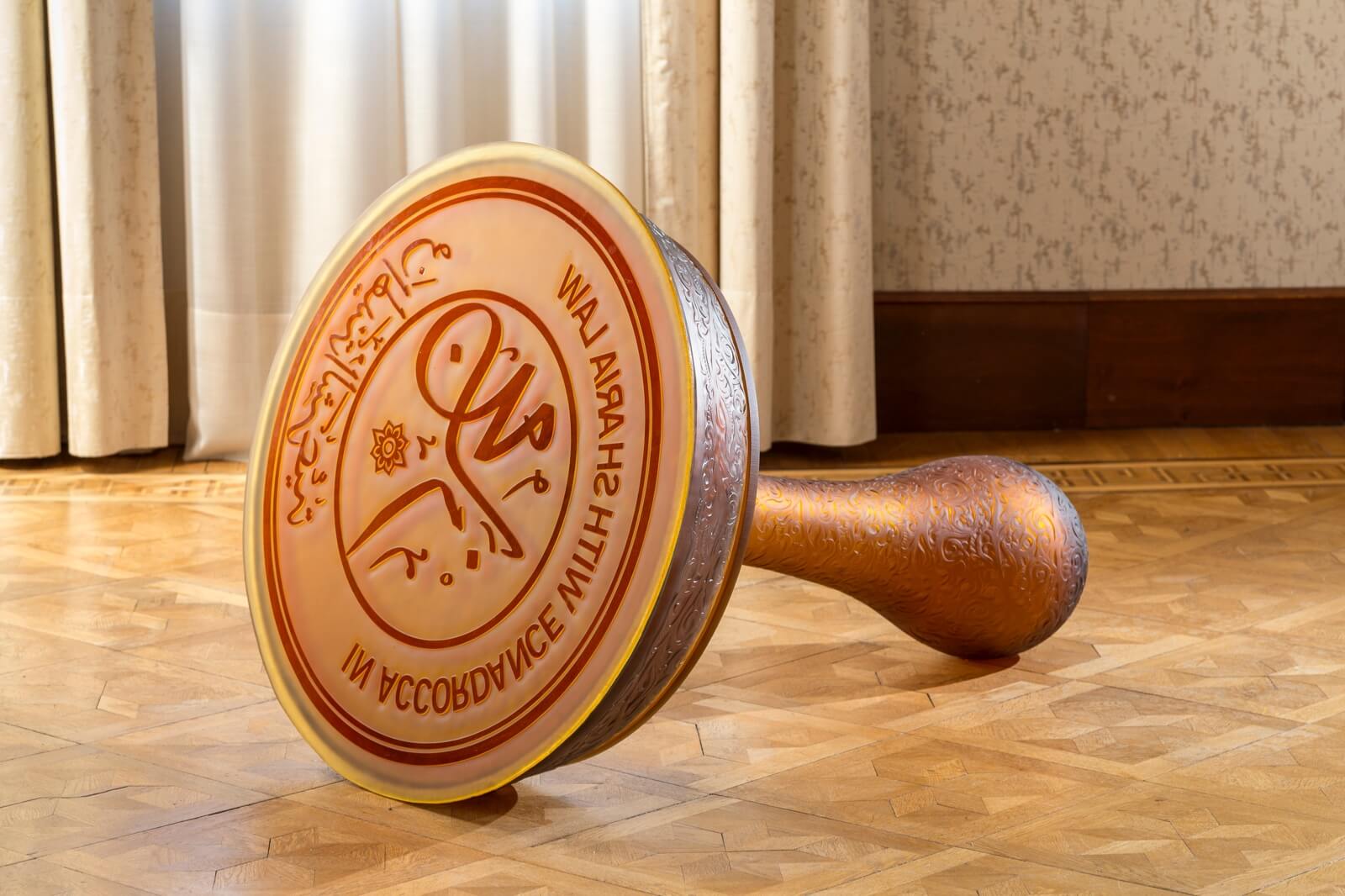
Abdulnasser Gharem, ‘The Stamp (Moujaz)’, 2017
COURTESY: © Francesco Allegretto
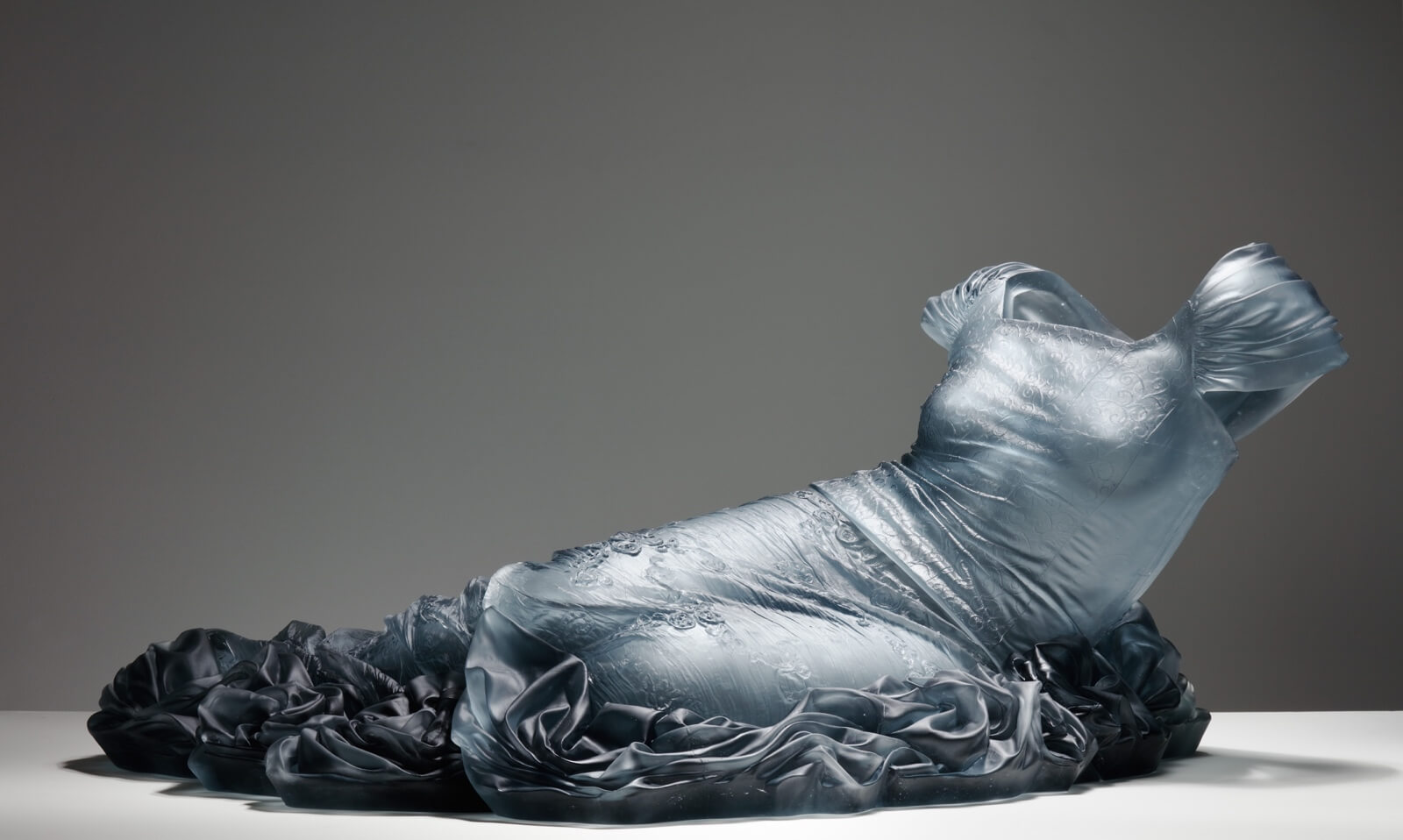
Karen Lamonte, ‘Reclining Nocturne’, 2015
COURTESY: © Martin Polak
Ideas about illusion, fragility and contradiction permeate Vanmechelen’s selection, which includes his own piece, ‘Black Medusa’ (2015). Ai Weiwei’s ‘Blossom’ (2017), a vast chandelier of white, looping flowers complete with security cameras, Twitter birds and raised middle fingers (referring to Ai’s arrest and imprisonment in Beijing) is impressive for its sheer scale and ambition. Indeed, Berengo spent six years chasing the leading Chinese artist, begging him to collaborate. Yet the array of Ai’s indignant hands, ‘Study of Perspective in Glass’ (2018), in the new works section, come across as multiple edition trophies. Indeed, some pieces seem more like decorative objects or maquettes than complex artworks.
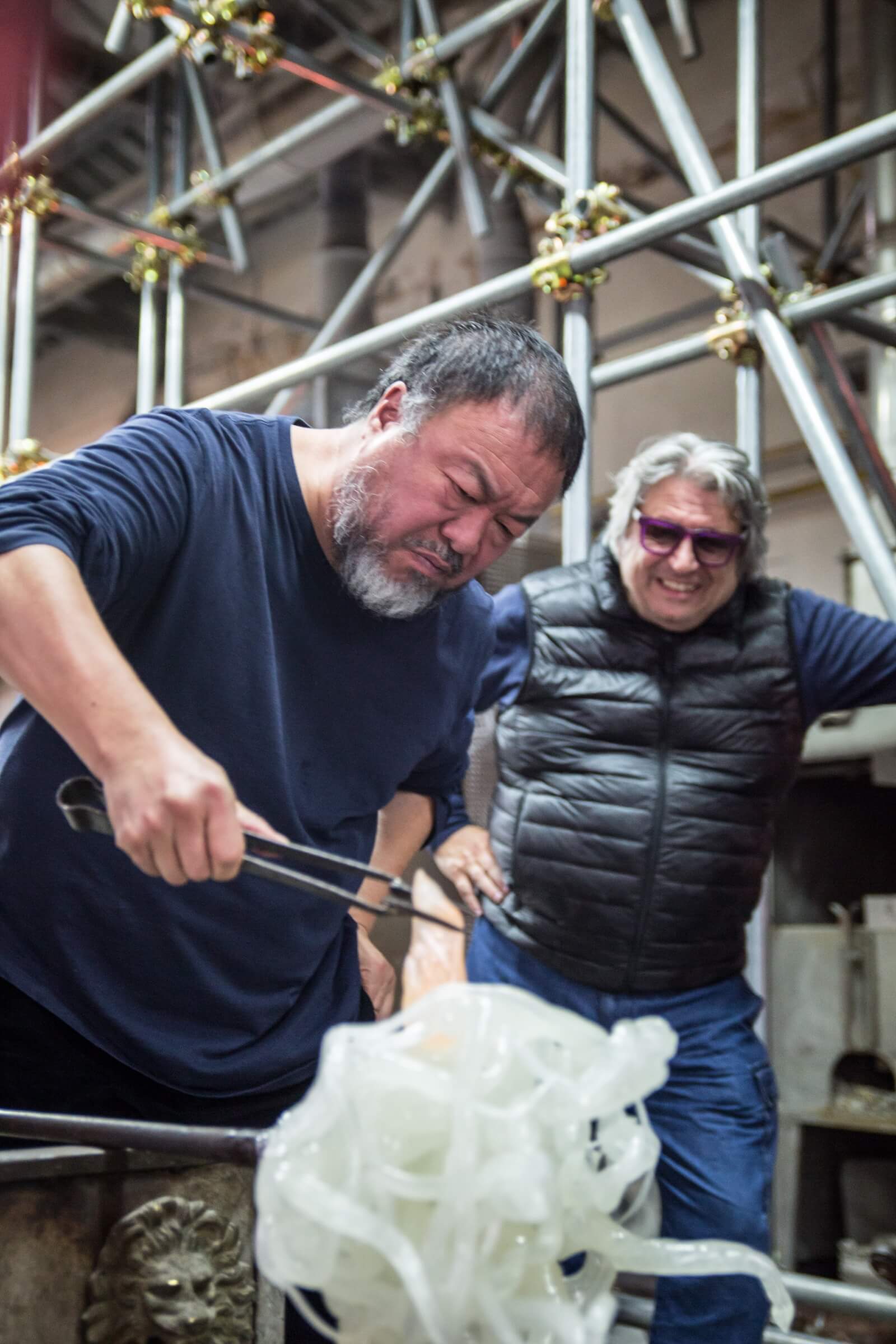
Ai Weiwei
COURTESY: © Karolina Sobel
SO WHAT APPEALS to artists about working with Berengo’s studio? “The whole process granted me the possibility to imagine a new way to display my ideas and connected me with the beautiful skills and crafts from the Murano tradition,” says Cuban artist Carlos Garaicoa, whose ‘Fragile Garden’ (2019) – a table of arrows tipped with representations of crystals developed by German company Dr Kranz – is in the part curated by Muniz.
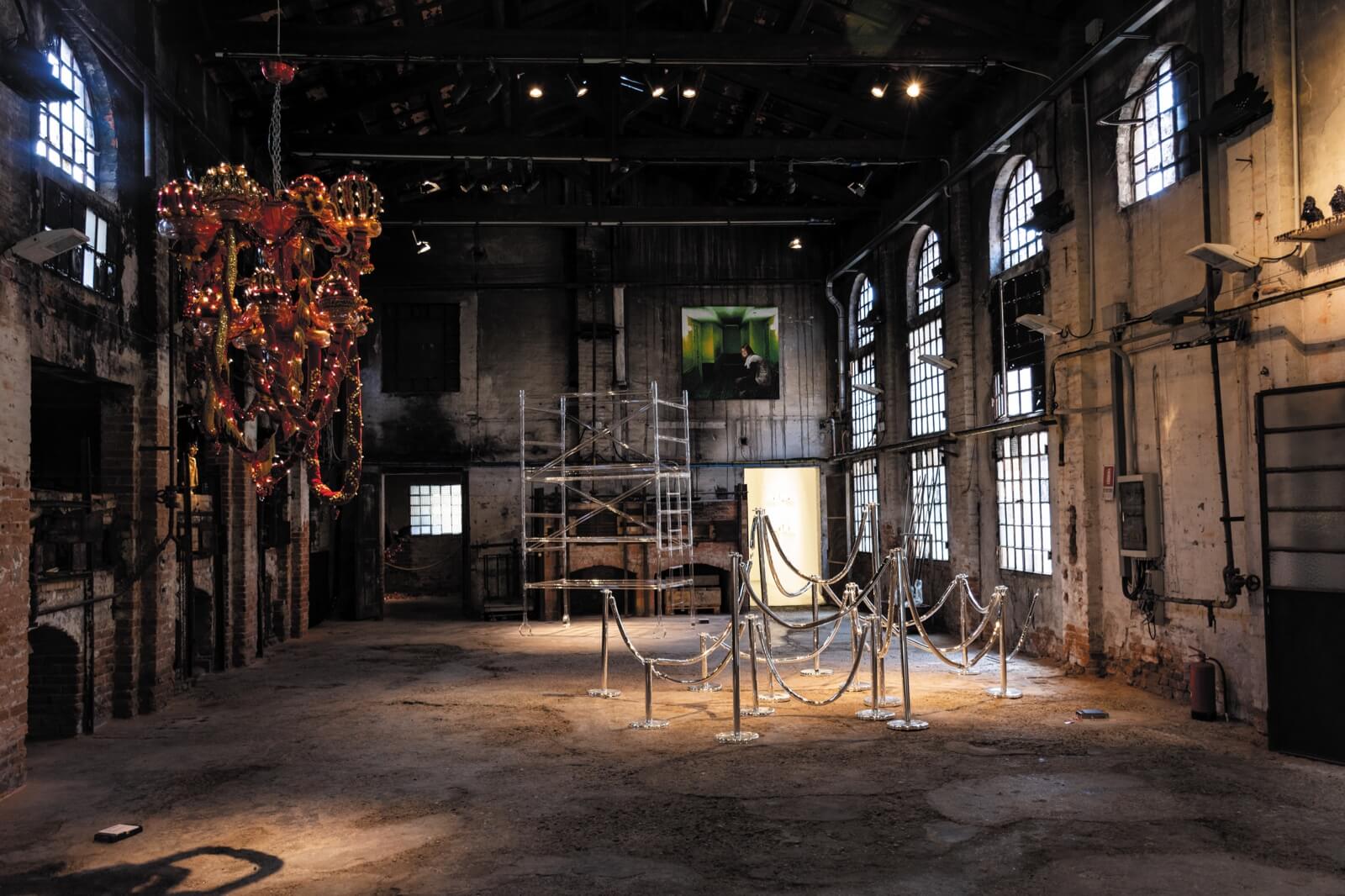
Installation view, ‘Glasstress 2019’
COURTESY: © Nikola Grozdanov
The fruits of the collaborations extend beyond Murano. Berengo’s studio collaborated with Laure Prouvost, who represents France at this year’s Venice Biennale, to make the black-and-white electrical wires in her installation in the French Pavilion and with Renate Bertlmann, representing Austria, on the field of 312 red roses in the Austrian Pavilion. Berengo produced a further edition of 50 roses on thorny stems, which have been sold to a collector.
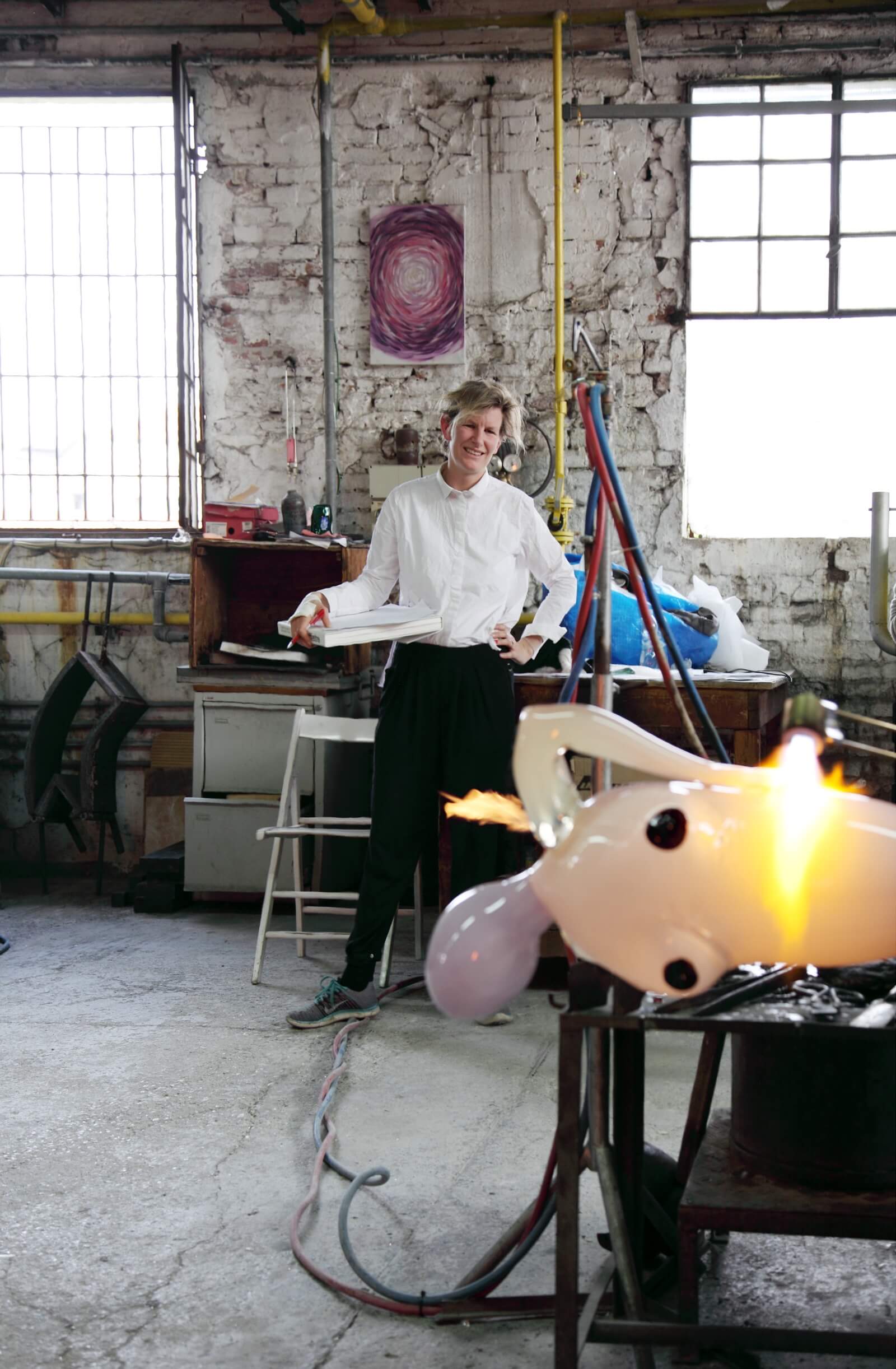
Laure Prouvost
COURTESY: © Oliver Haas
Certainly, Berengo has realised his goal of convincing artists to join him in his adventure. “At the beginning, I had to beg and cajole artists but now I receive unexpected visits by some of the greatest artists who would like to use glass in their works, or are just curious to see what we can do,” he says. “While visiting Venice, both Jimmie Durham [winner of the Venice Biennale’s Golden Lion for Lifetime Achievement] and Sean Scully travelled to Murano to see ‘Glasstress’ and the studio. The biggest challenge today is not inviting the artists but living up to their expectations as the projects are becoming more and more complex and ambitious.”
Berengo Studio – renovating the tradition of Murano glass by crossbreeding it with the global culture of contemporary art.




